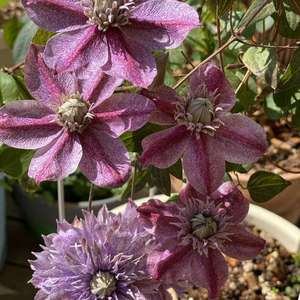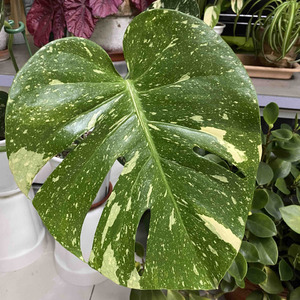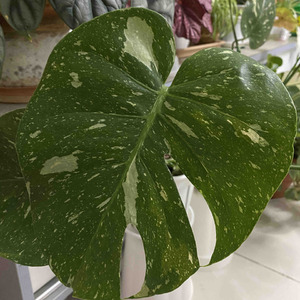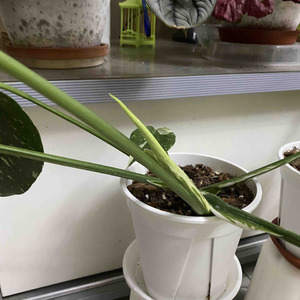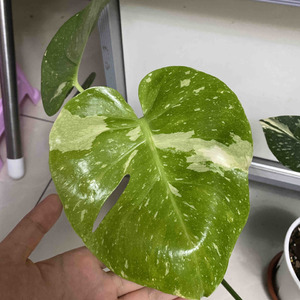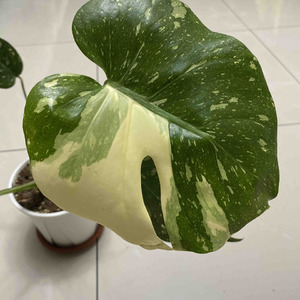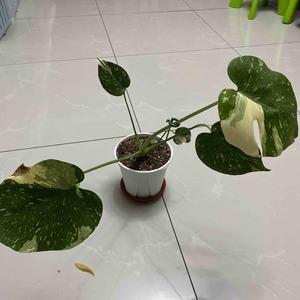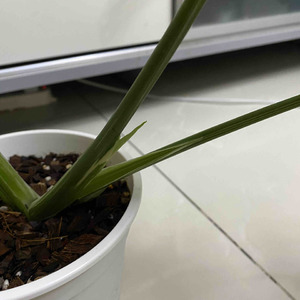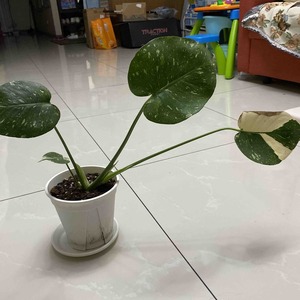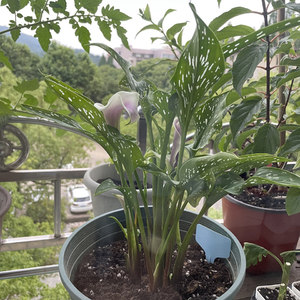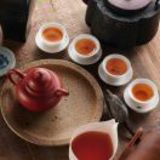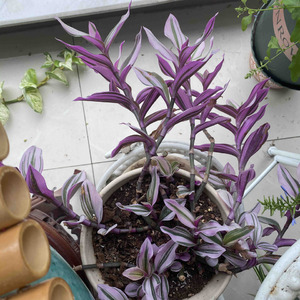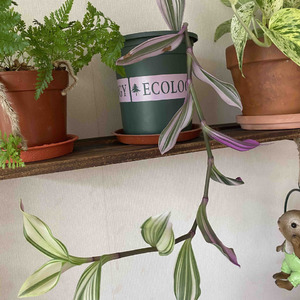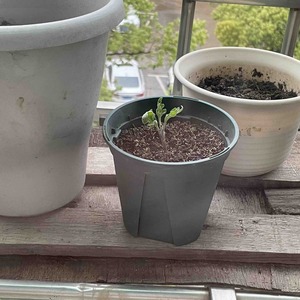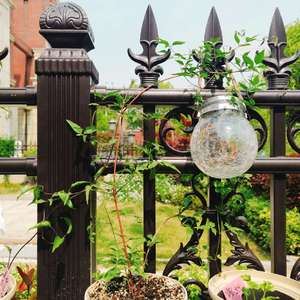成长记
欣琳
2023年05月29日

香水柠檬施肥防虫
果蔬都用有机肥
底肥:羊粪/花生麸
追肥:骨粉 1-2月/次
饼肥水 2周/次 泡水 (饼肥:花生麸/芝麻饼…)
防虫:
土壤要用杀菌消毒过的
纱窗蚊帐隔绝外面的虫
水枪喷叶子背面预防红蜘蛛
物理防虫小黄/蓝板
化学防虫小白药
生物防虫 大蒜水?
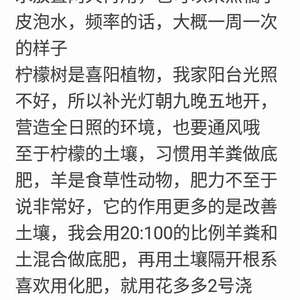
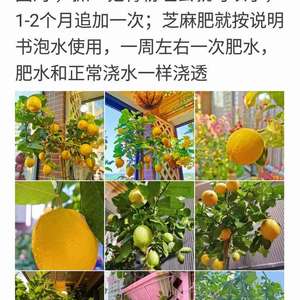

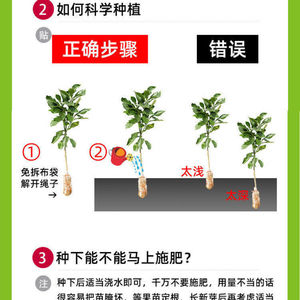

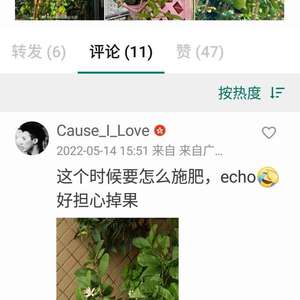

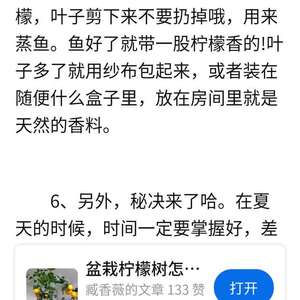
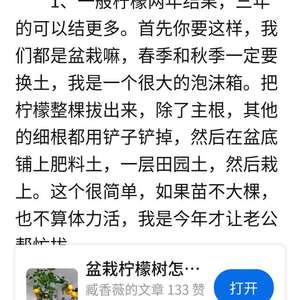
果蔬都用有机肥
底肥:羊粪/花生麸
追肥:骨粉 1-2月/次
饼肥水 2周/次 泡水 (饼肥:花生麸/芝麻饼…)
防虫:
土壤要用杀菌消毒过的
纱窗蚊帐隔绝外面的虫
水枪喷叶子背面预防红蜘蛛
物理防虫小黄/蓝板
化学防虫小白药
生物防虫 大蒜水?









0
0
欣琳:泥炭土:品氏/大汉
欣琳:杀菌:
百菌清 国光
多菌灵 绿怡园
杀虫:
护花神 更安全
小白药
欣琳:@欣琳 这里的肥料推荐也很给力 有机肥 翠荺 感觉自己这里
花:
蓝雪花1
长寿花1
果蔬:
西红柿苗1
养心菜30
柠檬3 蓝莓3
所以用有机肥吧
欣琳:泥炭土比椰糠土更好
秋天换盆的时候买泥炭土试试
https://zhuanlan.zhihu.com/p/35285671
欣琳:https://zhuanlan.zhihu.com/p/27784385
文章
Miss Chen
2022年05月07日

The sweet floral scent of honeysuckle in the air is a sure tell that summer has arrived. The honeysuckle family (Lonicera spp.) includes 180 species of low-maintenance deciduous and evergreen shrubs or climbers with twining stems.1 Many have naturalized in the United States and some are native to specific regions of the country. If you plan to include this old time favorite in your landscape, be sure to do your homework. Other species of honeysuckle are highly invasive and prohibited in parts of the country. Check with your local cooperative extension to make sure the variety you choose can be planted in your region. The tubular or two-lipped showy honeysuckle flowers are easy for bees and hummingbirds to slip into. After the yellow, red, pink, purple, or white blooms fade, you'll find lot of juicy berries in the fall. Depending on the variety, honeysuckle grows hardy in USDA zones 4 through 10.
Common honeysuckle (Lonicera periclymenum) is also called European honeysuckle or woodbine. Native to Europe, North Africa and western Asia, it has naturalized in some areas of North America such as Nova Scotia, Ontario, New England and the Pacific Northwest. It is a deciduous shrub with a vine-like habit, growing 10 feet tall and occasionally to 20 feet tall. Leaves are ovate to obovate, about two inches long, appearing on the stems in pairs. Leaves are dark green above and blue-green underneath. Two shades of green appear in the center of the leaf, which has creamy white edges. New leaves emerge in spring and mature as smooth leaves by summer, becoming hot pink in autumn. Buds are pink. Colorful flowers open with ivory interiors and purple exteriors. Two-lipped flowers, each two inches long, bloom steadily in summer and more sporadically in autumn to frost, in three to five whorled terminal spikes that give way to glossy, red berries. Honeysuckle also has strong nocturnally scented flowers attracting large pollinating hawk moths that roam dense bushy and woodland areas.
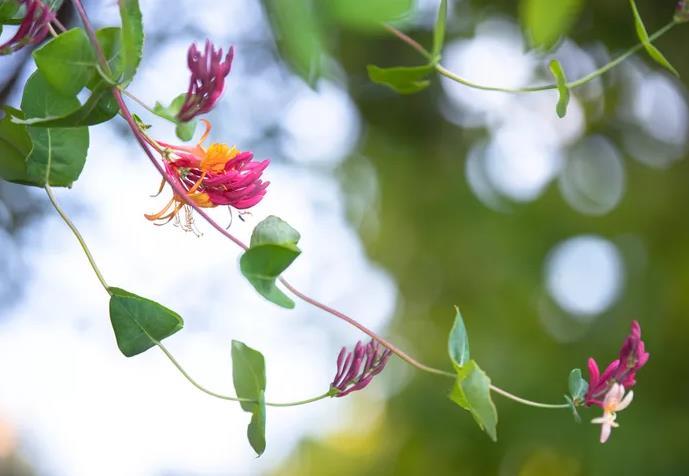
How to Grow and Care for Rosemary
Botanical Name Lonicera periclymenum
Common Names Common Honeysuckle, European Honeysuckle, Woodbine
Plant Type Deciduous shrub with a vine-like growth habit
Mature Size 12 to 20 ft. tall
Sun Exposure Dappled sunlight
Soil Type Moist, well-drained soils
Soil pH Neutral; tolerates both acidic and alkaline
Bloom Time Spring, summer, fall
Flower Colors Crimson purple outside and yellow and white inside
Hardiness Zones 5-9, USDA
Native Area Europe, Northern Africa, Southwest Asia
Common Honeysuckle Care
Tie young vining honeysuckle to a vertical stake to support its growth. Establish the stake before planting to avoid disturbing the soil or roots.
If you plan to include common honeysuckle in your landscape, be sure to do your homework. Other species of honeysuckle are highly invasive and prohibited in parts of the country. Check with your local extension office to make sure the variety you choose can be planted in your region.
Light
Common honeysuckle prefers dappled sunlight, but it will grow in full sun to part shade. Give the plant a similar environment to its native habitat of scrub and woods. If possible, shade the roots and let the plant climb towards the sun.
Soil
Give common honeysuckle any fertile, rich, well-drained soil.
Water
Water newly planted honeysuckle consistently. Keep the soil evenly moist until the plant shows signs of vigorous growth. Once established, it is quite drought tolerant. Water only if summer droughts last two weeks or more, offering at least one inch of water per week. Adding about two inches of organic mulch around the plant's base will prevent water from evaporating.
Temperature and Humidity
Honeysuckles usually thrive best in cooler regions with cooler summer climates. Place in part afternoon shade where summers are especially hot.
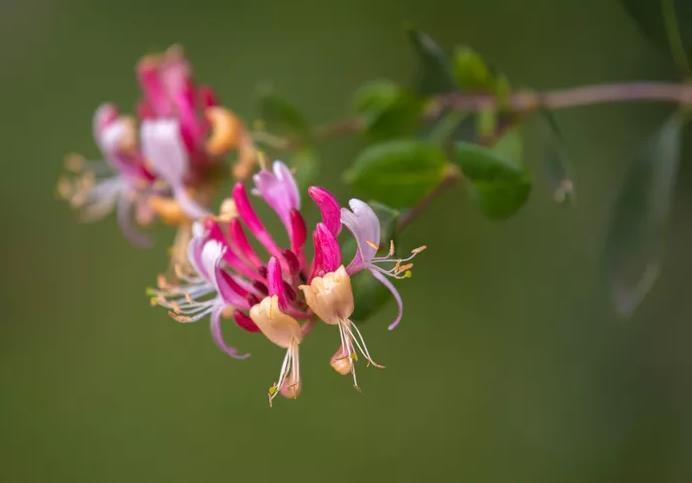
Fertilizer
If planted in fertile soil, the honeysuckle will grow vigorously without any added fertilizer. If needed, encourage blooming by applying a low-nitrogen fertilizer in spring such as 2-10-10, 0-10-10 or 15-25-10. Too much nitrogen will encourage more growth in the leaves and not enough in the flowers. Such "flushes of foliage growth" could make the plant more susceptible to pests. Learn to read and understand garden fertilizer labels to give each plant exactly what it needs.
Pruning
Once established, most honeysuckle plants will grow vigorously. Prune your common honeysuckle as you would any shrub or vine, removing dead or damaged twigs and branches throughout the season but save any hard pruning for after bloom. Early-blooming vining varieties that bloom on last year's growth, like common honeysuckle (Lonicera periclymenum), benefit from being cut back by one-third after the blooming period is over. If the vine gets out of control, cut it two feet above the ground.
Other Varieties
Early Dutch Honeysuckle (Lonicera periclymenum 'Belgica' ) plants bear streaked, raspberry red flowers.
A popular woodbine (Lonicera periclymenum 'Serotina') produces flowers that are dark red on the outside and yellow and white inside.
Berries Jubilee (Lonicera periclymenum 'Monul') have yellow flowers, giving fruit to bright red berries.
Propagating Common Honeysuckle
Semi-ripe cuttings can be taken for propagation in summer. Put the cuttings in a well-draining soil and wait for them to take root.
Common Pests and Diseases
While there are rarely any serious insect or disease issues, watch for honeysuckle aphids and scale. Leaf roller, dieback, and blights may also arise. Growing honeysuckle in regions with hot and humid summers could result in powdery mildew and leaf spots, which is why it's best to grow honeysuckle in cooler regions where it will thrive.
Common honeysuckle (Lonicera periclymenum) is also called European honeysuckle or woodbine. Native to Europe, North Africa and western Asia, it has naturalized in some areas of North America such as Nova Scotia, Ontario, New England and the Pacific Northwest. It is a deciduous shrub with a vine-like habit, growing 10 feet tall and occasionally to 20 feet tall. Leaves are ovate to obovate, about two inches long, appearing on the stems in pairs. Leaves are dark green above and blue-green underneath. Two shades of green appear in the center of the leaf, which has creamy white edges. New leaves emerge in spring and mature as smooth leaves by summer, becoming hot pink in autumn. Buds are pink. Colorful flowers open with ivory interiors and purple exteriors. Two-lipped flowers, each two inches long, bloom steadily in summer and more sporadically in autumn to frost, in three to five whorled terminal spikes that give way to glossy, red berries. Honeysuckle also has strong nocturnally scented flowers attracting large pollinating hawk moths that roam dense bushy and woodland areas.

How to Grow and Care for Rosemary
Botanical Name Lonicera periclymenum
Common Names Common Honeysuckle, European Honeysuckle, Woodbine
Plant Type Deciduous shrub with a vine-like growth habit
Mature Size 12 to 20 ft. tall
Sun Exposure Dappled sunlight
Soil Type Moist, well-drained soils
Soil pH Neutral; tolerates both acidic and alkaline
Bloom Time Spring, summer, fall
Flower Colors Crimson purple outside and yellow and white inside
Hardiness Zones 5-9, USDA
Native Area Europe, Northern Africa, Southwest Asia
Common Honeysuckle Care
Tie young vining honeysuckle to a vertical stake to support its growth. Establish the stake before planting to avoid disturbing the soil or roots.
If you plan to include common honeysuckle in your landscape, be sure to do your homework. Other species of honeysuckle are highly invasive and prohibited in parts of the country. Check with your local extension office to make sure the variety you choose can be planted in your region.
Light
Common honeysuckle prefers dappled sunlight, but it will grow in full sun to part shade. Give the plant a similar environment to its native habitat of scrub and woods. If possible, shade the roots and let the plant climb towards the sun.
Soil
Give common honeysuckle any fertile, rich, well-drained soil.
Water
Water newly planted honeysuckle consistently. Keep the soil evenly moist until the plant shows signs of vigorous growth. Once established, it is quite drought tolerant. Water only if summer droughts last two weeks or more, offering at least one inch of water per week. Adding about two inches of organic mulch around the plant's base will prevent water from evaporating.
Temperature and Humidity
Honeysuckles usually thrive best in cooler regions with cooler summer climates. Place in part afternoon shade where summers are especially hot.

Fertilizer
If planted in fertile soil, the honeysuckle will grow vigorously without any added fertilizer. If needed, encourage blooming by applying a low-nitrogen fertilizer in spring such as 2-10-10, 0-10-10 or 15-25-10. Too much nitrogen will encourage more growth in the leaves and not enough in the flowers. Such "flushes of foliage growth" could make the plant more susceptible to pests. Learn to read and understand garden fertilizer labels to give each plant exactly what it needs.
Pruning
Once established, most honeysuckle plants will grow vigorously. Prune your common honeysuckle as you would any shrub or vine, removing dead or damaged twigs and branches throughout the season but save any hard pruning for after bloom. Early-blooming vining varieties that bloom on last year's growth, like common honeysuckle (Lonicera periclymenum), benefit from being cut back by one-third after the blooming period is over. If the vine gets out of control, cut it two feet above the ground.
Other Varieties
Early Dutch Honeysuckle (Lonicera periclymenum 'Belgica' ) plants bear streaked, raspberry red flowers.
A popular woodbine (Lonicera periclymenum 'Serotina') produces flowers that are dark red on the outside and yellow and white inside.
Berries Jubilee (Lonicera periclymenum 'Monul') have yellow flowers, giving fruit to bright red berries.
Propagating Common Honeysuckle
Semi-ripe cuttings can be taken for propagation in summer. Put the cuttings in a well-draining soil and wait for them to take root.
Common Pests and Diseases
While there are rarely any serious insect or disease issues, watch for honeysuckle aphids and scale. Leaf roller, dieback, and blights may also arise. Growing honeysuckle in regions with hot and humid summers could result in powdery mildew and leaf spots, which is why it's best to grow honeysuckle in cooler regions where it will thrive.
0
0



